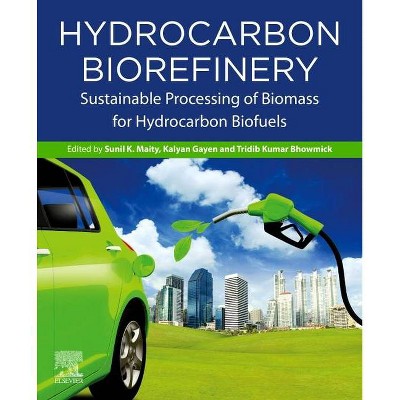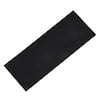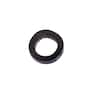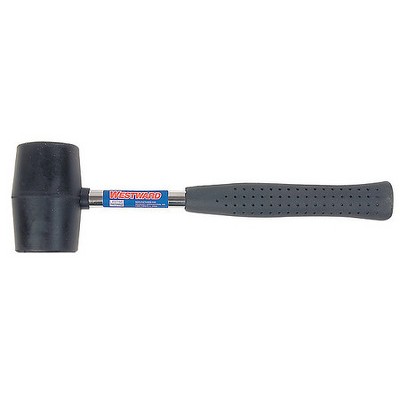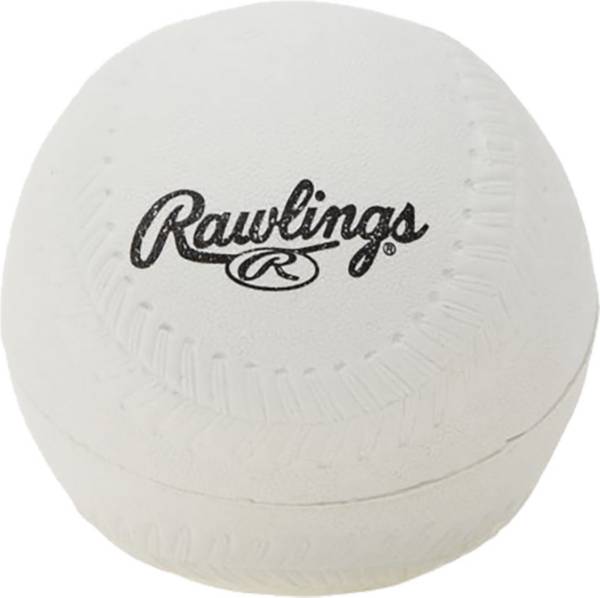Rubber to Rubber Adhesion - by Anil K Bhowmick & Dinesh Kumar Kotnees (Hardcover)
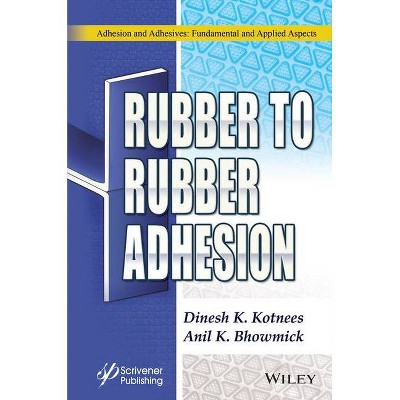
Similar Products
Products of same category from the store
AllProduct info
<p/><br></br><p><b> Book Synopsis </b></p></br></br>In diesem Buch werden die verschiedenen Aspekte der Gummi-Gummi-Haftung betrachtet. Gummi ist ein Polymer mit einer GlasÃ1/4bergangstemperatur deutlich unterhalb der Raumtemperatur, daher sind die Ketten bei Raumtemperatur und höheren Temperaturen äußerst mobil. Diese Eigenschaft macht das Material sehr vielseitig. Gummi wird in zahlreichen Anwendungen eingesetzt, vom Bergbau Ã1/4ber Fahrzeugreifen bis zum Space-Shuttle. In all diesen Fällen werden Gummimischungen in Verbundstoffen verwendet und zusammengefÃ1/4gt. Je höher die Haftung, desto höher ist auch die Verbindungsfestigkeit. Die Grundsätze der Adhäsionswissenschaft und -technik werden umfassend genutzt, um bessere Verbindungen und somit nÃ1/4tzlichere Produkte herzustellen. Der Inhalt dieses Werks ist nicht nur von theoretischer Bedeutung, sondern hat auch Auswirkungen auf die Praxis. Die Gummi-Gummi-Haftung ist ein allgegenwärtiges Thema. Daher ist das Buch ein wichtiges Hilfsmittel fÃ1/4r Wissenschaftler, Mitarbeitende in der Forschung und Entwicklung, Beschäftigte in Unternehmen sowie Personen, die sich in der Praxis mit Gummi und Haftung beschäftigen. <p/> Das Buch findet in den unterschiedlichsten Fachgebieten Verwendung (Polymere, Materialwissenschaft, Verfahrenstechnik, Chemie usw.). Zunächst wird das Material Gummi vorgestellt, es folgt eine Charakterisierung von Gummi, Angaben zu Gummioberflächen und -verbindungen und schließlich befassen sich die weiteren Kapitel mit der Gummi-Gummi-Haftung. Die wissenschaftlichen Aspekte, die zum Verständnis der Technik erforderlich sind, werden hervorgehoben. Das Werk enthält eine ausfÃ1/4hrliche Darstellung der Haftung zwischen unvulkanisierten Elastomeren, der Selbstheilung von Elastomeren, der Haftung zwischen Elastomermischungen durch Co-Vernetzung, der Haftung zwischen teilvulkanisierten Gummimischungen und teilvulkanisierten Gummimischungen, der Haftung zwischen vulkanisiertem Gummi und unvulkanisiertem Gummi oder teilvulkanisiertem Gummi sowie der Haftung zwischen vulkanisiertem Gummi und vulkanisiertem Gummi.<p/><br></br><p><b> From the Back Cover </b></p></br></br><p><b>Readers will get helpful ideas and in-depth knowledge about various aspects of rubber to rubber adhesion with particular reference to theory and practice. </b></p> <p>This book covers various aspects of rubber to rubber adhesion which is important theoretically, as well as having practical implications. Rubber is a polymer whose glass transition temperature is well below the room temperature and hence the chains are very mobile at room and higher temperatures, making the material very versatile. Rubber is used in a large number of applications ranging from underground mining to tire to space vehicles. In all these cases, compounded rubbers are used in laminates and joined. The higher the adhesion, the higher will be the joint strength. The principles taught in adhesion science and technology are extensively used to prepare better joints and more useful products. <p>The book serves to satisfy a wide range of disciplines (polymers, materials, chemical, chemistry, mechanical, etc.) and starts with an introduction on rubber, then characterization of rubber, rubber surface and joints and, finally, other chapters on rubber to rubber adhesion. Scientific aspects to understand the technology are highlighted. It gives a comprehensive treatment on adhesion between unvulcanized elastomers, self-healing of elastomers, adhesion between compounded elastomers by co-crosslinking, adhesion between partially vulcanized compounded rubber and partially vulcanized compounded rubber, adhesion between vulcanized rubber and unvulcanized rubber- or partially vulcanized rubber, and adhesion between vulcanized rubber and vulcanized rubber. <p><b>Audience</b> The book will be used by academicians in polymer science, materials science, chemical and mechanical engineering, chemistry, R & D personnel, industry people, as well as rubber and adhesion practitioners.<p/><br></br><p><b> About the Author </b></p></br></br><p><b>Dinesh Kumar Kotnees </b>is an assistant professor in the Department of Metallurgical and Materials Engineering at the Indian Institute of Technology Patna (IIT Patna). Before joining IIT Patna he was working as a research scientist in General Electric Company (GE Plastics) Bangalore, India. Dr. Kotnees holds a PhD degree in Rubber Science and Technology from IIT Kharagpur.</p> <p><b>Anil K. Bhowmick </b>is currently at the Department of Chemical and Biomolecular Engineering at the University of Houston and a former Professor of Eminence, IIT Kharagpur, India. He was previously associated with the University of Akron, Ohio, USA, London School of Polymer Technology, London, and Tokyo Institute of Technology, Japan. He has more than 550 peer-reviewed international publications, 35 book chapters, and seven books. He holds twenty-one patents, including three US, three Japanese, and one German patent.
Price History
Price Archive shows prices from various stores, lets you see history and find the cheapest. There is no actual sale on the website. For all support, inquiry and suggestion messages communication@pricearchive.us
